
Analog telephone communication is a communication method in which electrical signals simulate voice changes. An analog telephone line is generally connected to the subscriber module of the exchange at one end and a telephone set at the other end. Several telephone sets need to be connected to several pairs of lines. An analog telephone line is composed of two wires, and the two wires can be crossed at will without distinguishing their polarities. Telephones are also divided into analog and digital. Analog telephone lines should be connected to analog telephones.
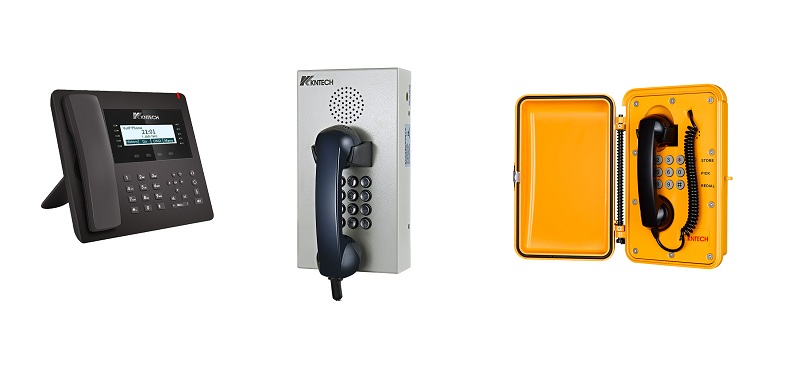
Analog telephone communication is a communication method in which electrical signals simulate voice changes. The figure below is a schematic diagram of analog telephone communication. The sender is a transmitter, and the receiver is a receiver. The sender and receiver are connected by a transmission line. When the speaker speaks into the microphone, the voice vibration excites the air to produce sound waves. The sound waves act on the microphone, causing the current in the microphone loop to change accordingly. This current is referred to as speech flow. The traffic is transmitted along the line to the receiver of the other party. Under the action of the speech stream, the receiver converts the change of the electric current into the vibration of the sound wave, and finally passes through the air to the sensory organs of the human ear. This is the basic principle of the phone

The daily analog telephone system is not as simple as what we see with only the telephones of both parties in the call. It is a complex voice transmission system with a series of various intermediate media devices to handle the call connection.
The most basic analog telephone system consists of telephones, private branch exchanges (PBX), subscriber loops, trunk lines, etc., as shown in the figure below. A telephone is an analog device that converts voice (sound wave signals) into analog electrical signals, and converts the analog electrical signals transmitted over the network into sound.
The PBX is connected to an ordinary phone at one end, provides power and ringing voltage to the ordinary phone, and is responsible for transmitting the signal in the network to the phone, and the other end is connected to other equipment (such as the central office exchange or other PBX). Send the signal from the phone to the opposite end. The side connected to the telephone is called the subscriber loop, and the side connected to the PBX or switch is called the trunk side or trunk side.
Trunk
The trunk line can be understood as a group of labeled wires connecting the switches. Its function is to transmit the voice information of each channel to the other end without affecting each other. For example, we can pick up the telephone with extension 123 on switch A and dial extension 456 on switch B; when you press 9 to request to occupy the trunk, the switch will select a trunk from the trunks between A and B, assuming the first 17 trunk lines; then the caller and the called party are transmitted through the trunk line. In this way, the extension number of 456 is received on the B switch; the B switch makes the telephone with the extension number 456 ring, and then the user picks up the phone and enters the conversation; A call line from extension 123, trunk 17, and extension 456 is established.
Analog relay and digital relay
From the hardware point of view, analog and digital relay control modules are installed on the switch, and the electrical signals transmitted on the line are also analog and digital respectively. As long as the type of the relay module is the same on both sides, it has nothing to do with the type of the user module, so there can be two analog phones connected through a digital relay.
The analog trunk can still use a telephone line to transmit a trunk; the digital trunk is generally a pair of coaxial cables or twisted pair. A pair of E1 coaxial cables can transmit 30 voices; and analog trunk lines are the same as ordinary telephone lines, and a pair of wires is required to transmit one voice.
Analog telephone lines can only transmit voice information, so information such as caller and called numbers, DTMF buttons and other information need to be encoded with special frequencies of sound to be transmitted; while digital phones can transmit control signals and voice signals at the same time, and the sound and control information are digitized After encoding, it can be transmitted to the switch through two wires, but the number of wires for a digital phone can be two or four or eight. Digital phones must be able to modulate and demodulate these digital voices and recognize these control signals. This is the main difference between digital phones and analog phones.
When using the telephone network to communicate data and other non-voice services, first use the dial of the key telephone as an input means. Send the signal to share the selection signal of the telephone. That is, PB (button) signal; the received signal is mostly in the form of voice. For example, the seat reservation system. The deposit balance inquiry system, etc., uses the above-mentioned signal method.
In addition, in addition to voice response, a telephone (data phone) with FM signal receiving function is used, and both sending and receiving are in the form of text.
The communication method using the analog telephone network, the communication method through the connection of the telephone and the audio coupler, and the communication method in which the telephone is changed to a modem (MODEM) for network connection control.
In recent years, the analog telephone network has been used for non-voice information transmission in many cases, but it was originally a network developed from analog telephones to communicate with each other, so the network interface is also most suitable for the condition that the terminal is a telephone. .
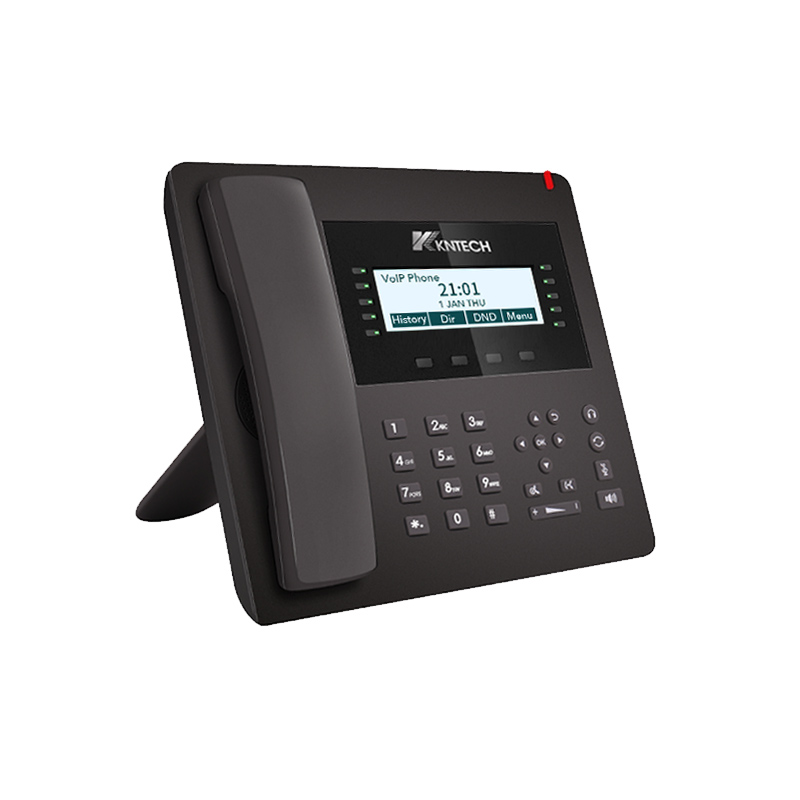
KNPL-500
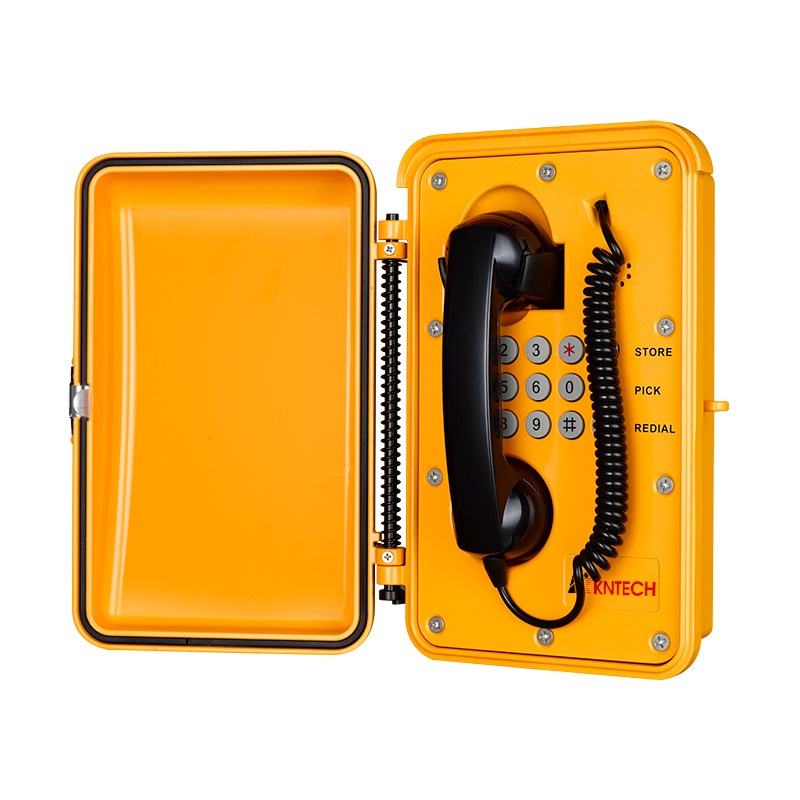
KNEM-26
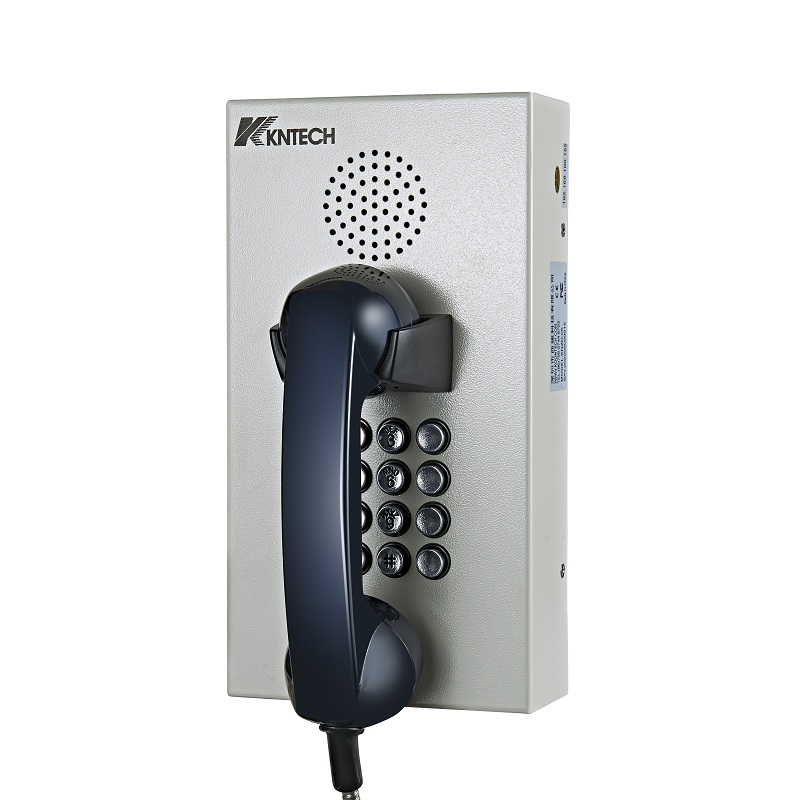
KNZD-05
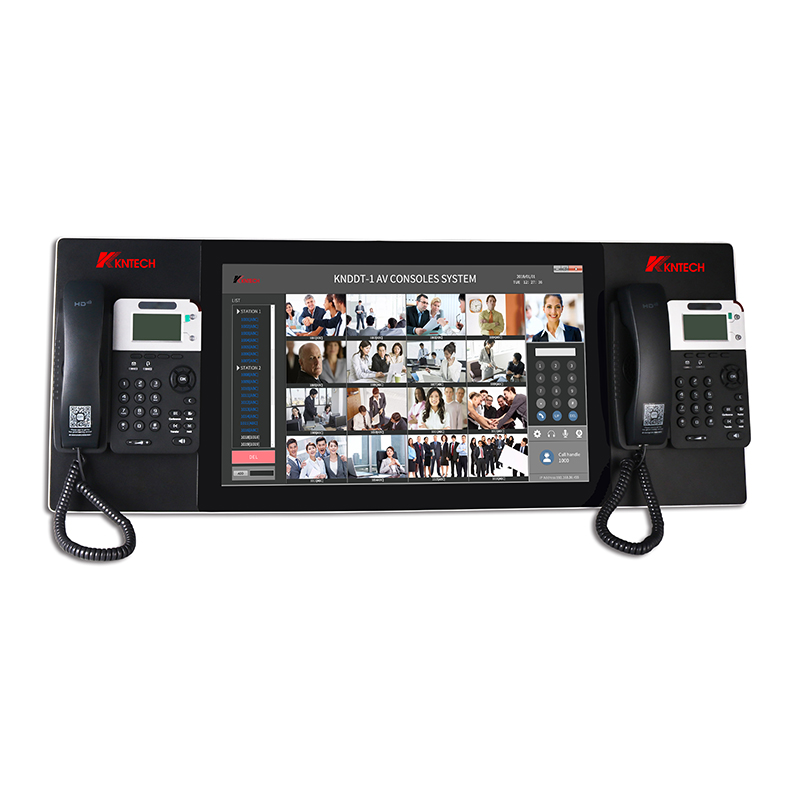
KNDDT-1-AV21
Thank you for reading, if you have any questions or needs, please contact us!
EMAIL: marketing@koontech.com, we will reply you immediately